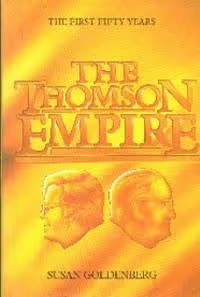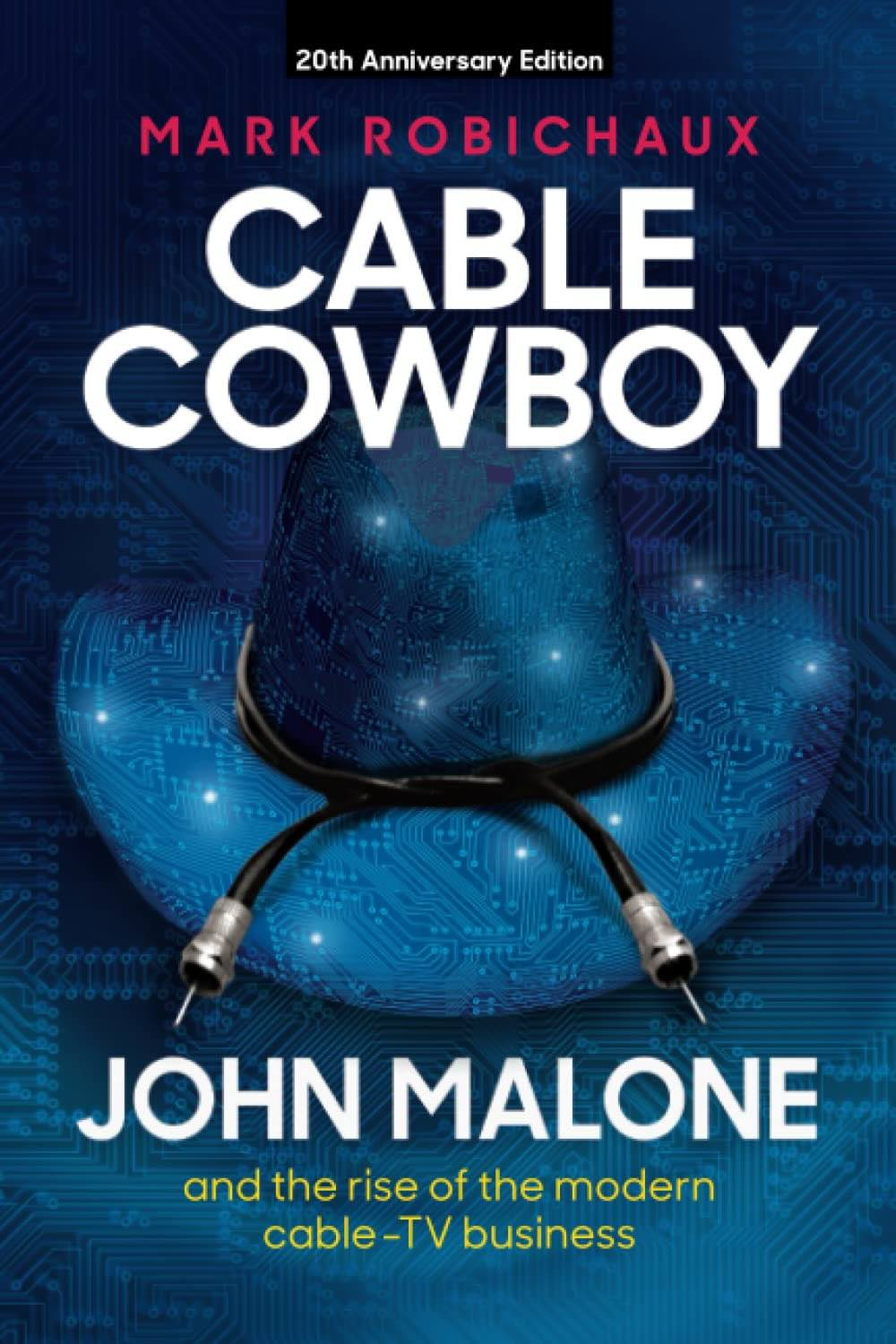Roy Thompson: Growth through Cash Flow and Acquisition
I’m reading The Thomson Empire by Susan Goldenberg. It’s a biography about Roy Thomson and his son Kenneth Thomson, but it also describes the inner workings of the Thomson empire and its reinvestment strategy through 1984, when the book was published. The books about Roy Thomson that I’ve already read, as well as this one, highlight Roy’s and his company’s focus on growth through acquisition.
Roy and his son heavily emphasized maintaining high profit margins and strong cash flows by tightly controlling costs. That was more important than revenue growth. In fact, they owned dozens of newspapers in small communities where they knew revenue-growth potential was limited but margins and cash flow could be favorable because they were the only paper in town.
Every acquisition of a company was based on its cash flow, not what it could be if they grew it. The Thomson empire typically used that cash flow to acquire more cash-flowing businesses. With this blueprint, they grew their company into a massive empire.
Other entrepreneurs, such as John Malone of TCI and Henry Singleton of Teledyne, have used this strategy. It works well and is the foundation of Warren Buffett’s strategy with Berkshire Hathaway.
The entrepreneurs I’ve read about who embraced this growth strategy weren’t customer focused. They weren’t obsessed with a customer’s problem. They didn’t aim to provide the best solution for a customer’s problem and grow by scaling the solution. They were okay with offering a decent or subpar solution if it provided the cash flow needed to acquire more companies. The result was the ownership and decentralized management of many companies. Some companies didn’t provide good products or services and didn’t have a good reputation with customers. Some did, and did have good reputations. But all of them generated good cash flow.
If growth is an entrepreneur’s goal, these examples highlight different ways to check that box:
- Solve a single problem well and scale it to as many people as possible
- Find businesses that generate cash and use it to buy more businesses
- Take a hybrid approach
The right approach depends on the entrepreneur.





